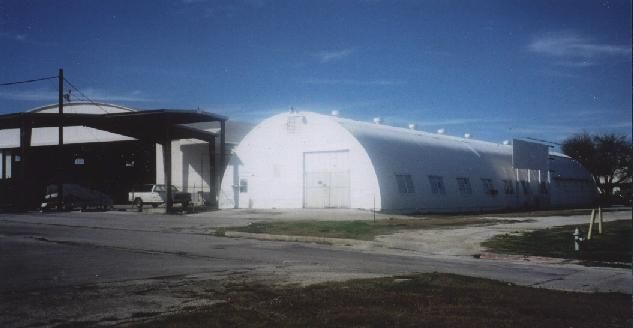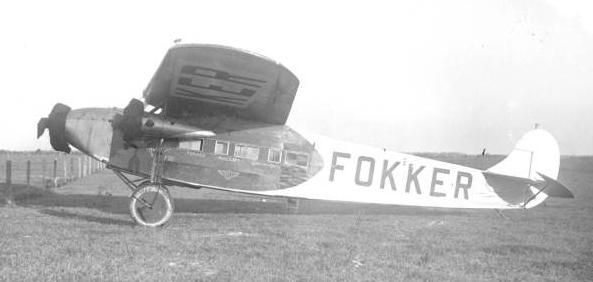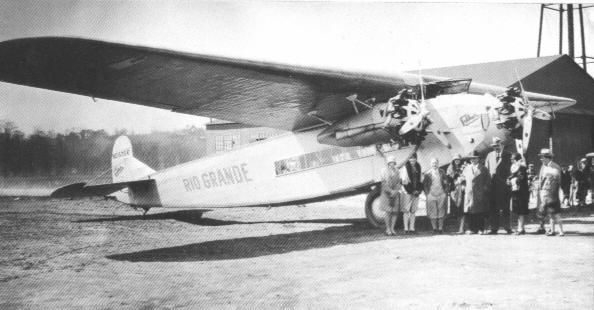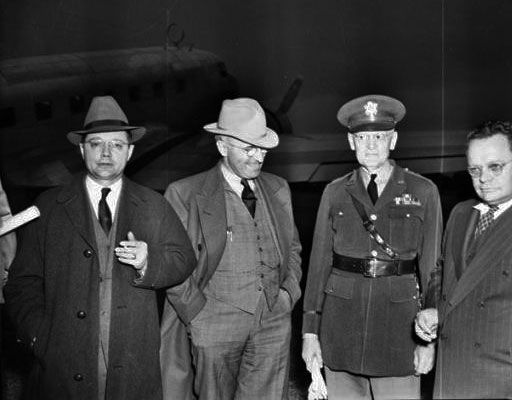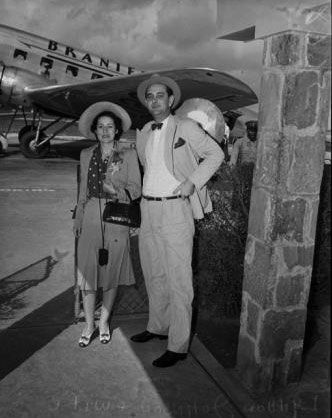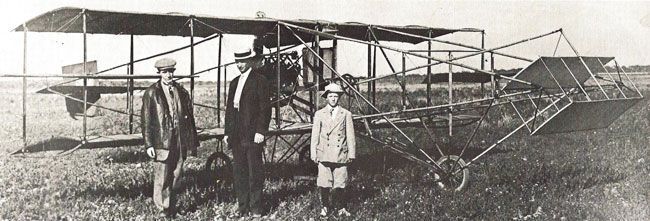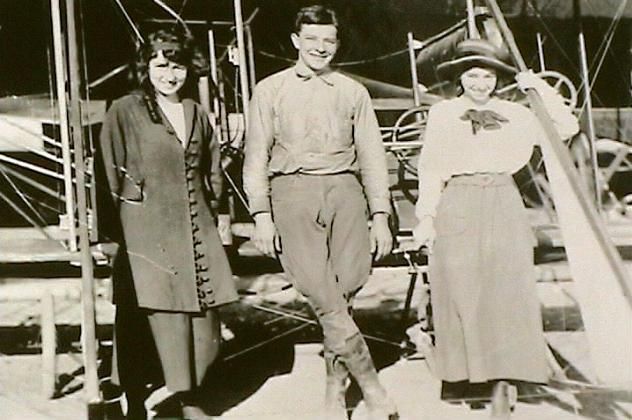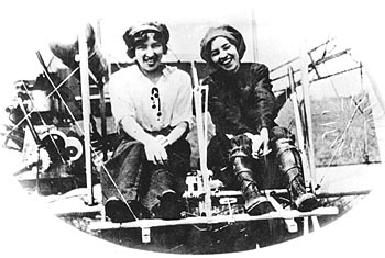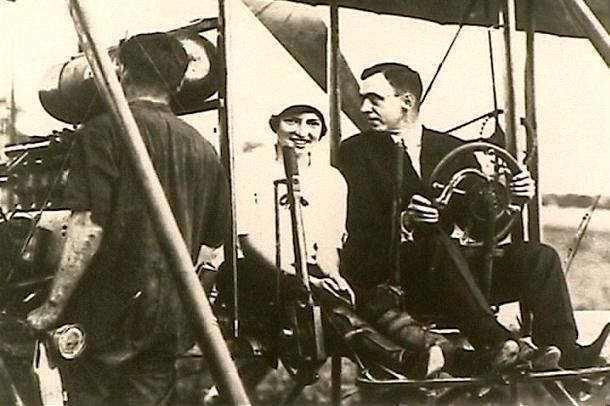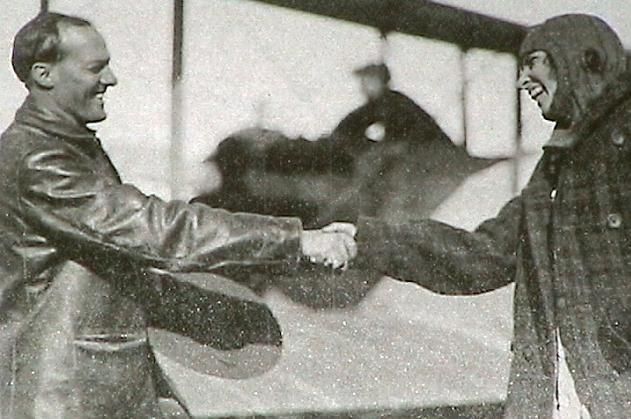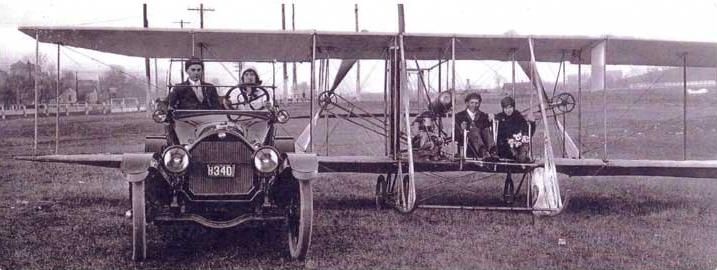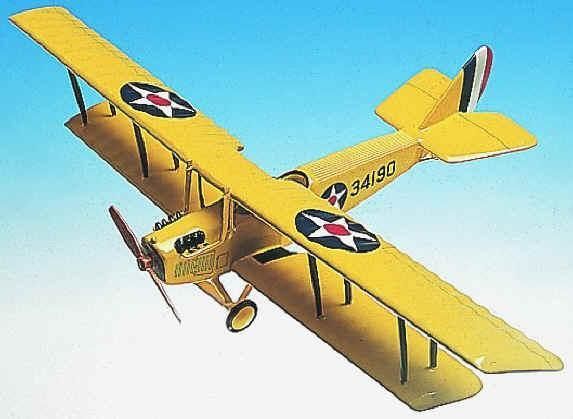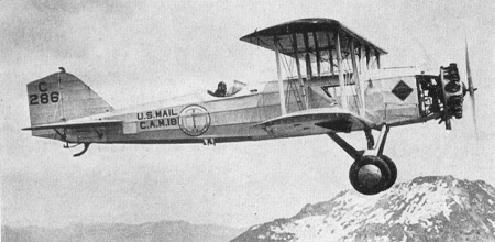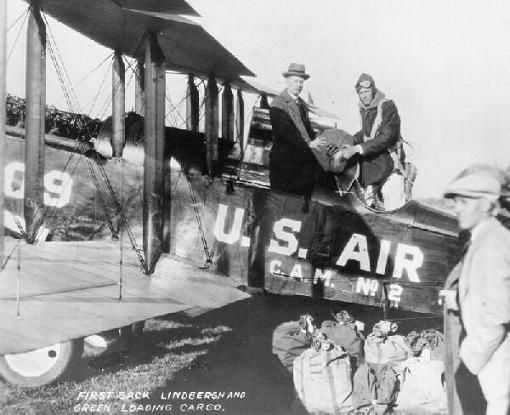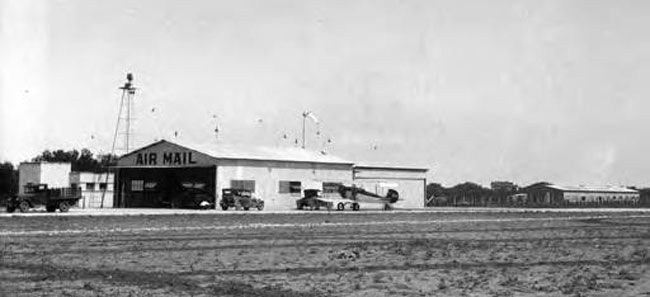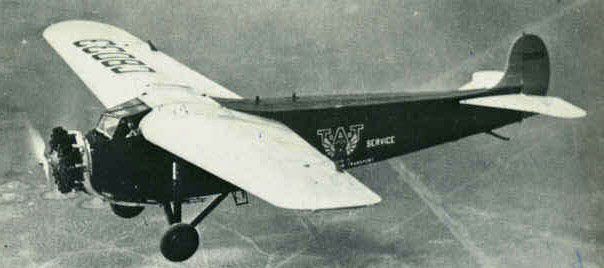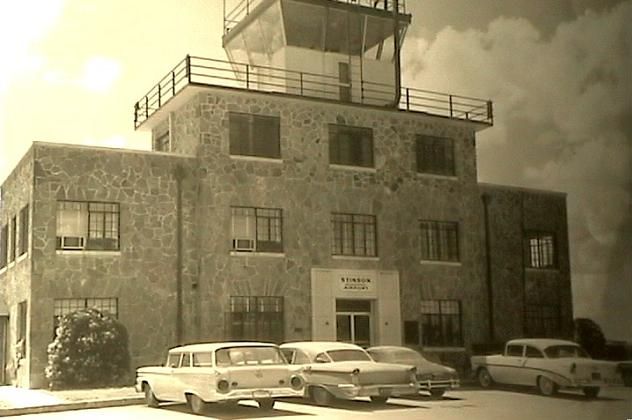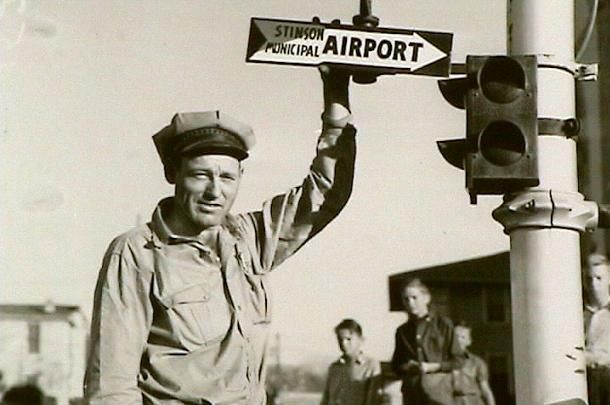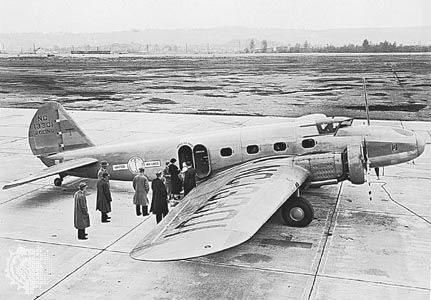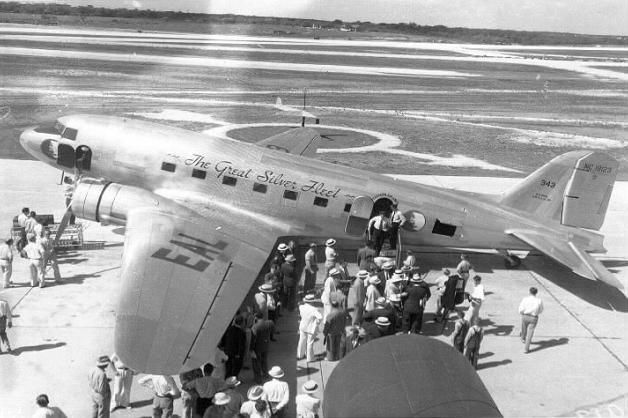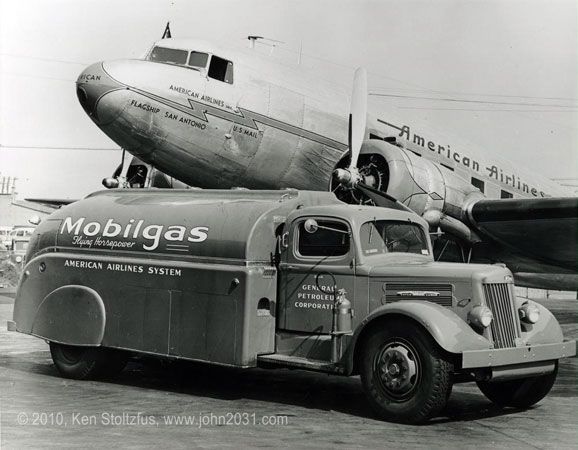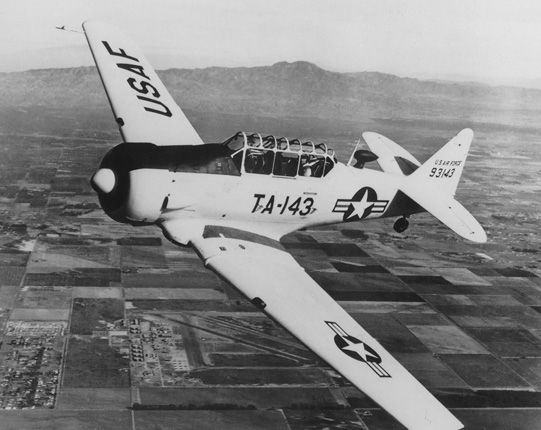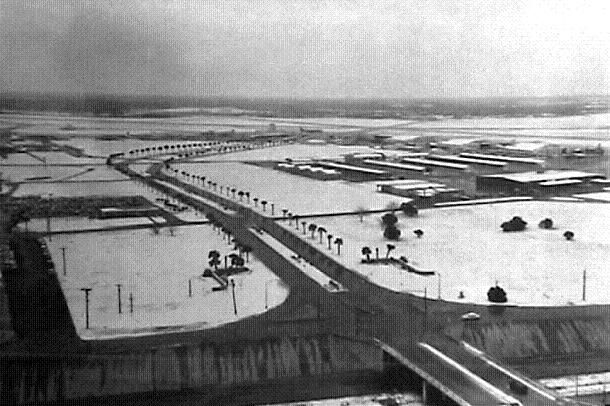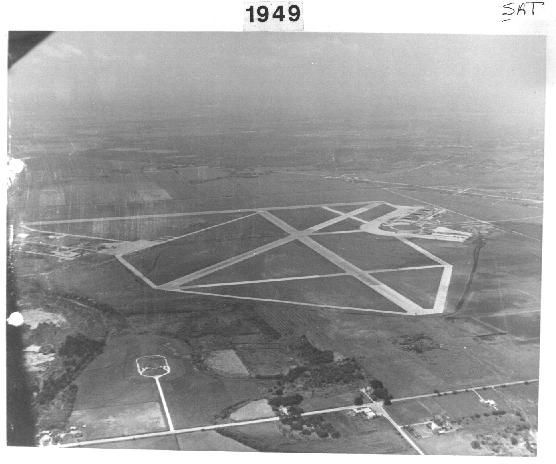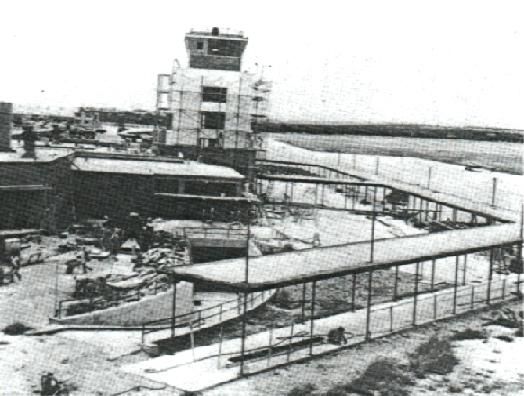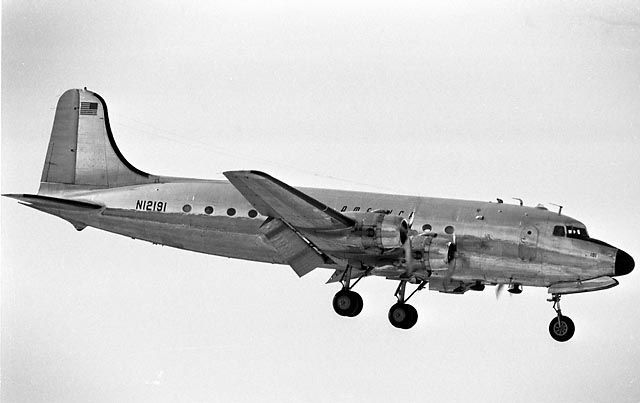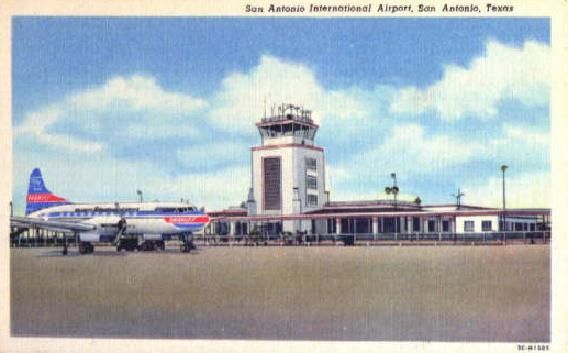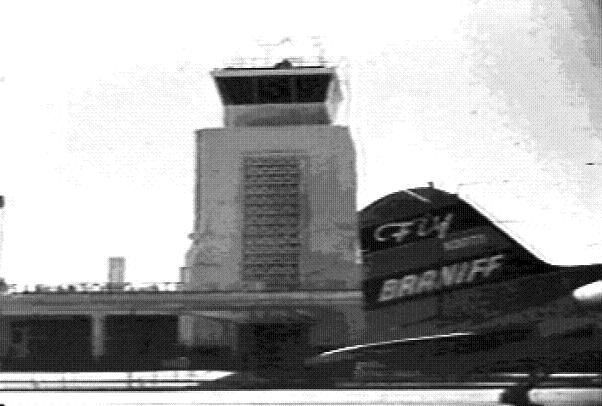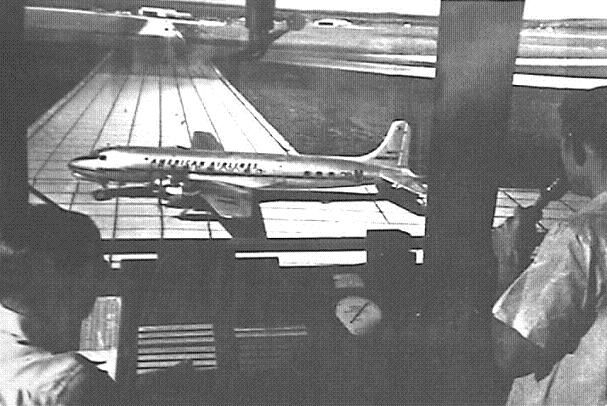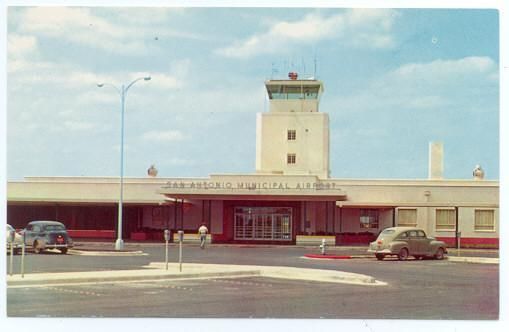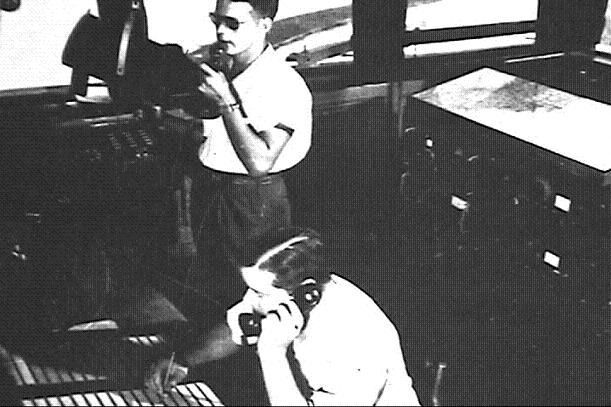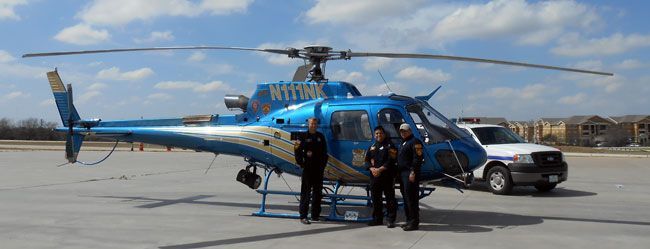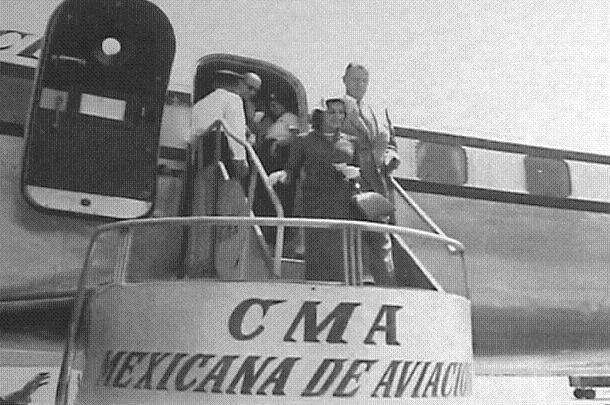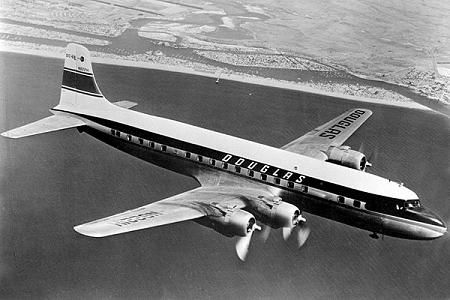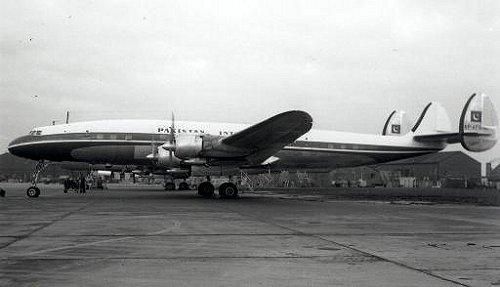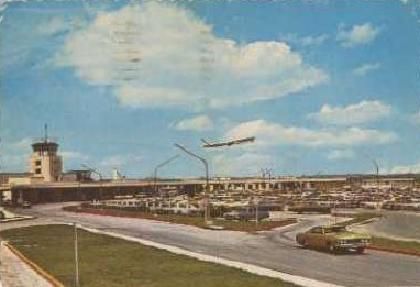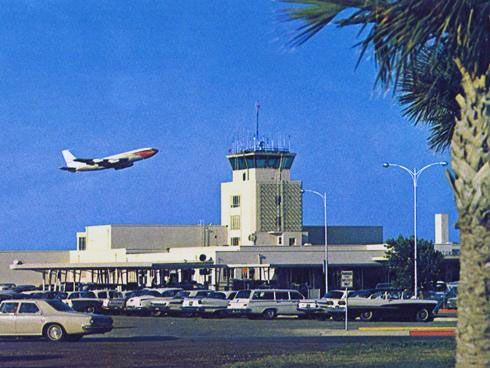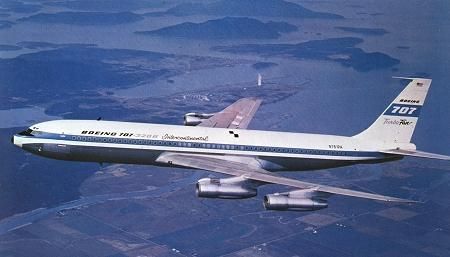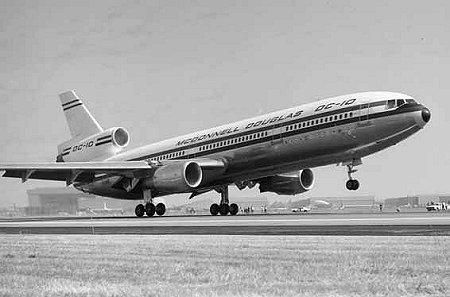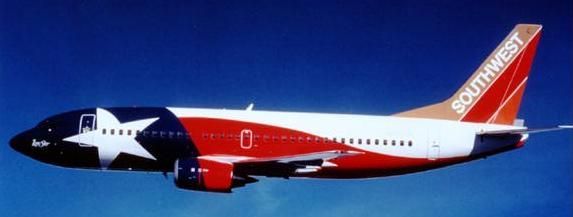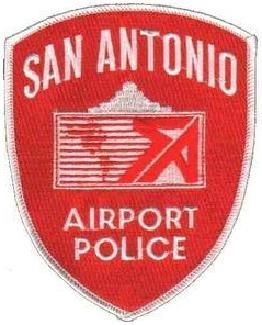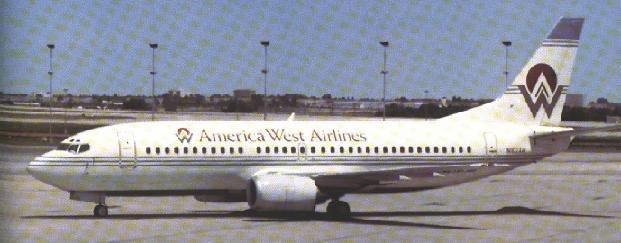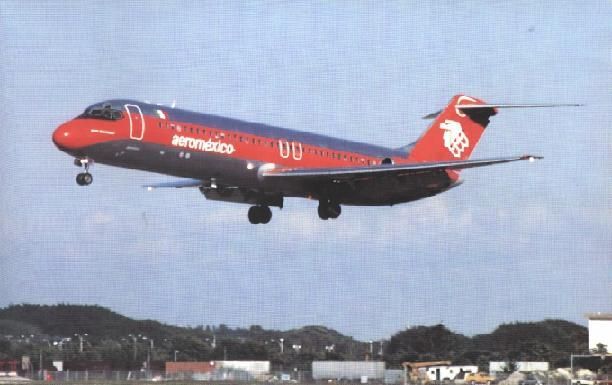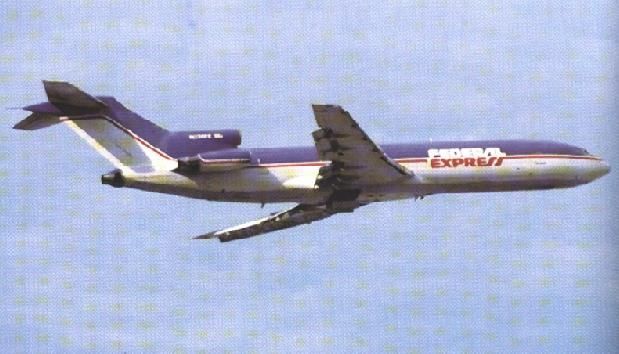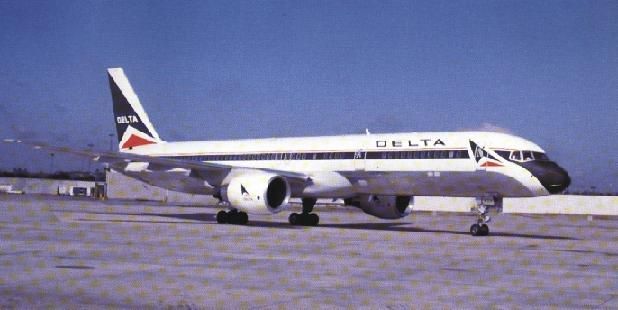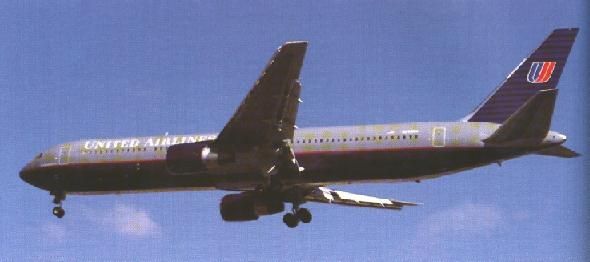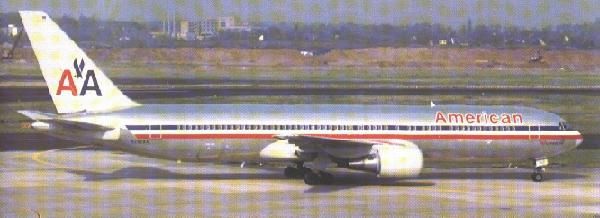Civilian Aviation in San Antonio
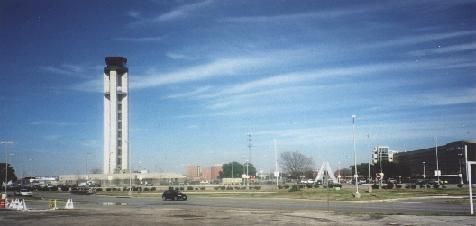
T.T.M. is deeply indebted to David Herbert, Public Relations Manager, City of San Antonio Aviation Department, and his predecessor, Lisa Burkhardt-Worley, for their generous assistance and advice.
San Antonio has a very long history of air transportation. Stinson is the second oldest continuously operated airport in the country and the oldest west of the Mississippi. The first flights in military owned aircraft began here. Luminaries like Marjorie Stinson, and the rest of her family, led the way in the development of commercial aviation, which relied heavily on the movement of the U.S. mail until the development of larger aircraft with longer range allowed operations to become financially self supporting. An almost infinite number of pilots and aircrew have begun their careers in San Antonio, through Lackland Air Force Base..
San Antonio International Airport has been a work in progress since its beginning days in 1941. It has grown from 1,200 acres to 2,600 acres today. It supported some military installations during WW II but is now solely devoted to civilian enterprises. The airport has seen consistent growth and is experiencing even more upgrades as this is written in February 2003, with increased parking facilities that can hold up to 6,000 cars and improved access to the nearby US HWY 281.
The airport is not a "hub" airport but is a very strongly positioned regional airport providing services to a huge area. It has two main runways, one at 8,502 feet in length and the other at 7,505 feet. Both are 150 feet wide and are suitable for all but the very biggest aircraft, like the Boeing 747, which requires a longer strip to land and take off fully loaded, although you may see one or two cargo versions at the various repair and renovation facilities located at the airport.
In addition there is a smaller runway, 5,519 feet long and 100 feet wide for "general aviation." General aviation is basically private flying, involving lighter aircraft. These can range from old biplanes to sleek, modern business jets.
San Antonio Aviation History Photo Timeline
1910
U.S. military aviation begins, at Fort Sam Houston, San Antonio.
1912
Katherine Stinson qualifies for a pilot's certificate
1916
Stinson Flying School is founded, when the famous aviation family leases 500 acres from the city for all of $5.00. It soon becomes known as Stinson Airport, becoming San Antonio's first municipal airport. Stinson Municipal Airport is the second oldest continuously operated general aviation airport in the United States and is the oldest west of the Mississippi.
1917
The Stinson's flying school and facilities are taken over by the government to train pilots for World War One. Marjorie Stinson, known as "The Flying Schoolmarm" had already trained over 80 pilots for service.
1919
First experimental air mail service from San Antonio. Marjorie Stinson is the pilot. Her destination? Seguin, thirty miles away.
1924
Having taught himself to fly in a war surplus Curtis Jenny the previous year, Charles Lindbergh comes to San Antonio for a year to pursue full technical training with the air force.
1927
Stinson Field is renamed as Winburn Field in memory of a newspaper reporter, Bill Windburn. It will keep the name until 1936
1928
Texas Air Transport begins first sceduled commericial mail and passenger flights to and from San Antonio. With two years Texas Air Transport becomes part of newly created American Airlines.
1935
The Airport's main terminal is constructed as a WPA, or Works Project Administration effort. The WPA, which completed many local landmarks, such as bridges on the Riverwalk downtown, was a federally funded work creation organization, to get workers laid idle during the Great Depression, back into employment. Four stories tall, it is built in what is recognizable, even today, as the WPA style. Braniff Airlines begins San Antonio service.
1936
The Municpal Airport is officially renamed as "Stinson Municpal Airport," in honor of the Stinson family who did so much for civil aviation in San Antonio.
1938
Eastern Airlines begins San Antonio service.
1941
City of San Antonio purchases 1,200 acres of undeveloped land north of the city limits to establish San Antonio Municipal Airport.
1942
U.S. Army establishes Alamo Airfield on the northern edge of the new airport property.
1944
San Antonio Municipal Airport receives international status and is renamed San Antonio International Airport.
1951
Work is progressing on a new modern terminal to bring the airport up to modern standards. Passenger traffic is growing quickly as aircraft become larger, faster, more comfortable and safer.
1953
Completion of new terminal (now called Terminal 2), FAA Air Traffic Control Tower and baggage claim area. The airport takes a great leap forward in passenger facilities and becomes a truly modern operation.
1959
Completion of first major terminal expansion with the addition of east and west wings.
1968
Completion of satellite gate area and hold rooms to serve influx of HemisFair '68 visitors.
1971
The San Antonio Police Department acquires its first heliopters
1975
City Council adopts Airport Master Plan for the orderly development of airport facilities through the year 2000.
1981
Completion of new 1,300-space, tri-level parking garage.
1984
Completion of new 360,000-square-foot terminal (Terminal 1), bringing the airport's gate capacity to 27.
1986
Challenger Plaza is dedicated in memory of seven American astronauts killed in the explosion of the Space Shuttle Challenger on January 28, 1986.
1986
A new, 221-foot FAA Air Traffic Control Tower replaced the 1953 tower.
1988
Completion of a new 24,000-square-foot Fire/Rescue Station. Six double-equipment bays make it the largest fire station in San Antonio.
1990
Completion of reconstruction of Runway 3/21
1990
San Antonio City Council adoption of the Part 150 Noise Compatibility Program for San Antonio International Airport.
1991
Completion of new Air Cargo East parking apron, totaling 720,000 square feet.
1992
Acoustical insulation project completed at Northwood Elementary School, the first of nine public buildings to be insulated under the Noise Compatibility Program.
1994
Airport Master Plan Study begins with a team headed by aviation consultant Ramon Ricondo, to plan the next 20-year-development plan for San Antonio International Airport.
1996
San Antonio City Council accepts Phase I of Master Plan which shows that with a series of on-site improvements, San Antonio International Airport can meet the passenger needs of the community for at least the next 20 years. Phase II is currently underway which includes: an environmental overview, an economic impact analysis, preparation and updating of federally-required plans and documents, an organizational study and a set of implementation plans.
1997
Airport Master Plan Study begins with a team headed by aviation consultant Ramon Ricondo, to plan the next 20-year-development plan for San Antonio International Airport.
1999
City of San Antonio Aviation Department opens up its new 5-story long-term parking garage. The garage boasts 2700 spaces, a colorful skylight and 2 artistic walkways leading to the terminals.
1999
San Antonio City Council approves the Aviation Department's plan for Terminal Renovation and Concession Redevelopment. The project should be completed by the year 2003.
1999
The "Texas Air Museum" at Stinson Municipal Airports opens. (See Related Links)
2000
The "Shooting Star Museum" is opened, complete with grass landing strip, near Castroville. (See Related Links)
2001
City of San Antonio Aviation Department officially opens up the 281 North Connector which provides direct elevated access from US 281 North into the terminal and parking facilities.
2002
The San Antonio Tourism Council reports 6.7 million passengers flew in and out of San Antonio International, of which 55% were tourists.
2005
Stinson experiences 116,208 general aviation flights, double the number from just ten years earlier.
2005
Passenger totals at San Antonio International set a new record, with 7,425,069 people passing through the expanding facility.
2006
Passengers totals at SA International grow to 8,031,405.
2006
A $4.8 million project to expand the terminal at Stinson Airport is announced. This will include space for normal airport operations and ancillary activities, such as car rental offices. More contracts, for up to $4 million in private money, are in the works, for expansion of hanger space and other facilities. The goal is to see yet more investment, up to another $5 million, for the main runway to be extended to 5,000 feet to allow larger corporate jets to use Stinson.
2006
Sino Swearingen announces two major achievements. In April, the company selected San Antonio as the site of the major production facility for its brand new twin engine business jet, the SJ30. It also delivers its first plane, developed over a staggering eleven years, and billed as the fastest aircraft with the longest range in its class.
2007
Boeing in San Antonio, located at the former Kelly Air Force Base, now called Port San Antonio, announces it has won its first civilian contract, to do final delivery work on eleven of the company's brand new 787 Dreamliner aircraft. It is hoped that if this work, which will require the hiring of at least 400 new employees, goes well it will lead to more work on the cutting edge plane. Boeing will continue to work on heavy duty military transport aircraft.
2007
Work to build better connections between Loop 410, Highway 281 and the airport are in full swing, with several new ramps already open. Work towards greater parking facilities at the airport, including the creation of a free "cell phone" lot and a longer term multi-story addition that will add spaces for an additional 2,800 cars is also under way. A budget of $635 million is announced for all the upgrades planned for the airport. The first modern terminal, completed in 1953, is to be completely replaced with a brand new, state of the art, terminal.

